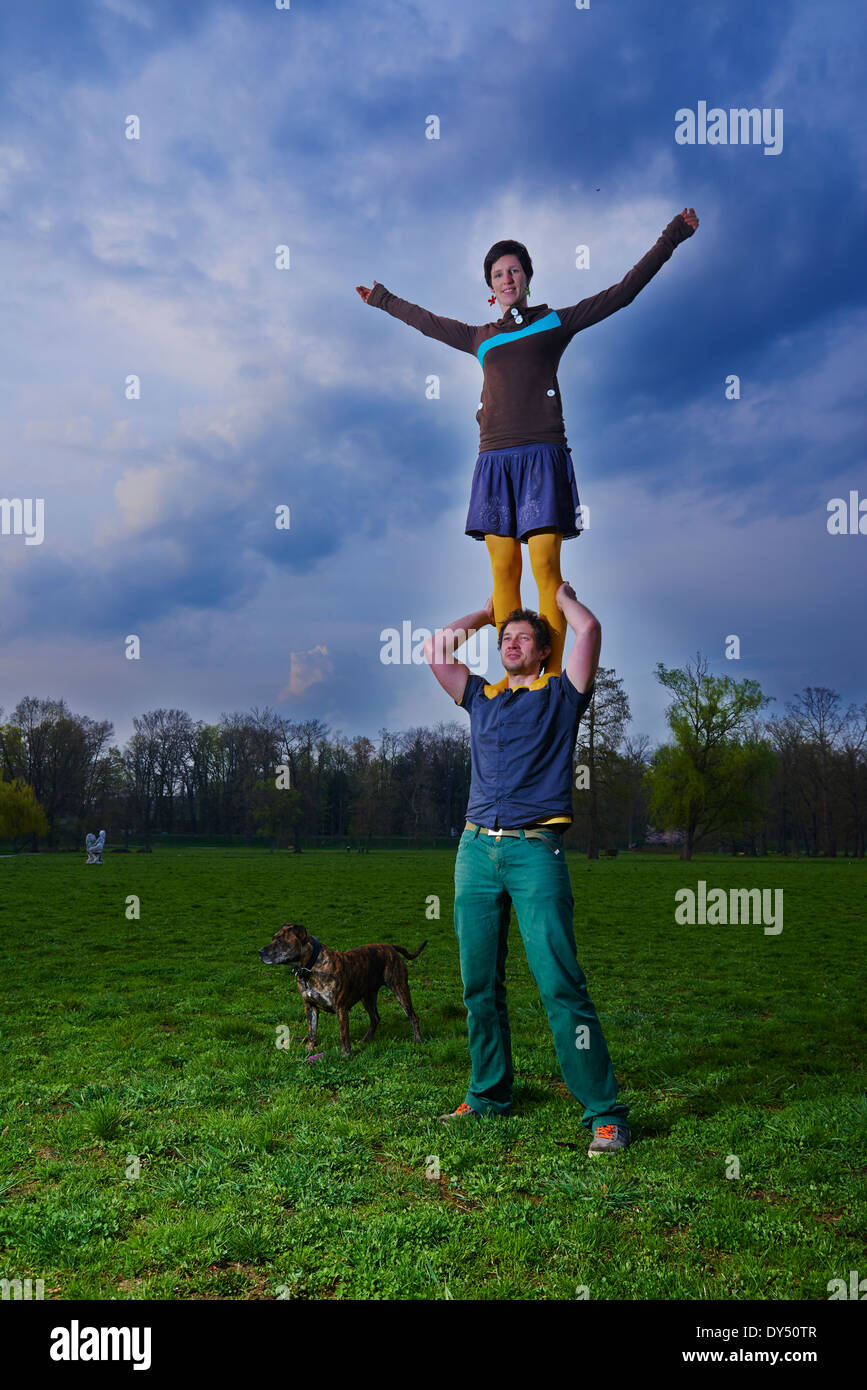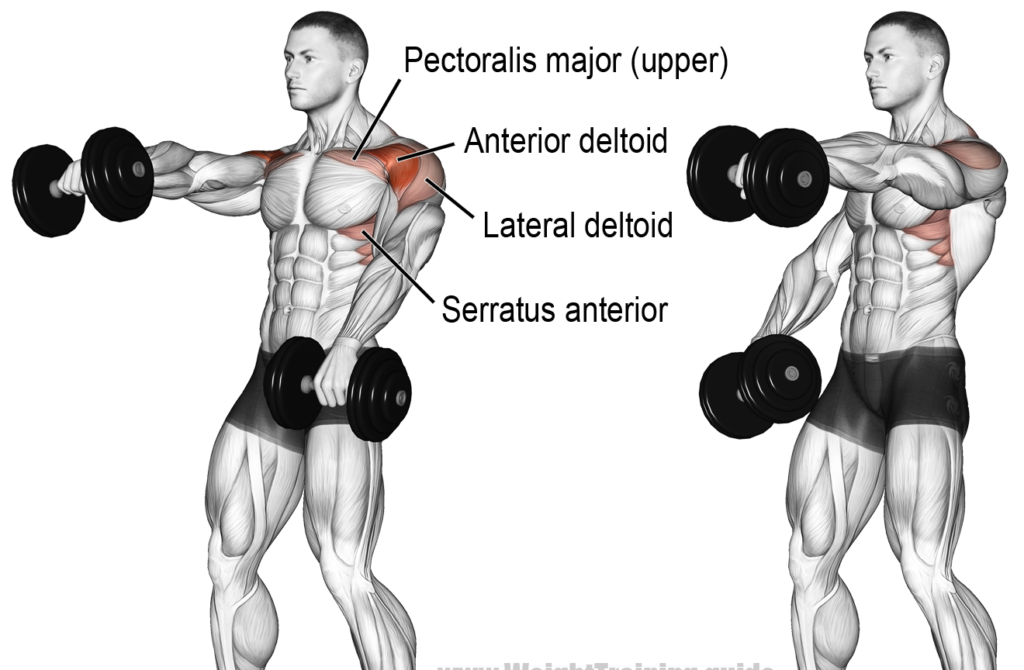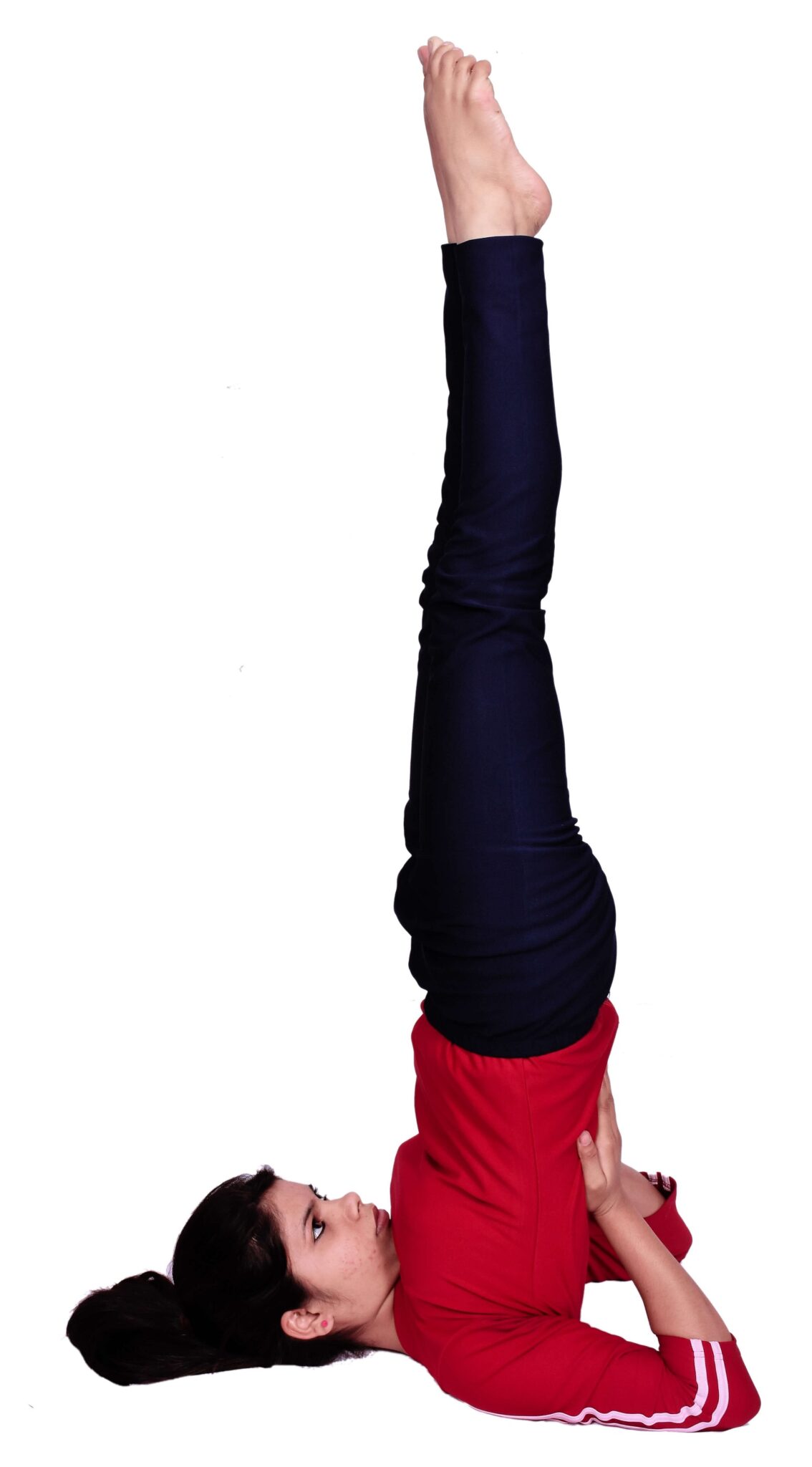

Prompt tuning, frozen readers, and recursive LMs, each of which vastly improves Introduce three novel methods for leveraging frozen models: input-dependent Without sacrificing the underlying model's versatility. Leveraging frozen LMs can do just as well as fine tuning in challenging domains Prompt tuning are only the tip of the iceberg, and more powerful methods for Main message of this paper is that current frozen-model techniques such as Versatility, suggesting a tradeoff between performance and versatility.

Those, in turn, suffer forgetfulness and compromise still often underperform fine-tuning approaches which modify these weights Techniques for leveraging a "frozen" LM - i.e., leaving its weights untouched This gives rise to theĪppealing vision of a single, versatile model with a wide range ofįunctionalities across disparate applications. Zero-shot capabilities on a wide variety of tasks.
STANDING ON SHOULDERS PDF
This is the hope we have when we select and analyze the example we have been working on in Chapters 7 and 9.Download a PDF of the paper titled Standing on the Shoulders of Giant Frozen Language Models, by Yoav Levine and 12 other authors Download PDF Abstract: Huge pretrained language models (LMs) have demonstrated surprisingly good You can join an ongoing discourse by examining a specific example in detail and in the light of how it extends and further complicates the scholarly conversation. You cannot join an ongoing discourse by waving vaguely and making generalizations. You make these selections because discussion of both in the light of each other will result in an elevated understanding of the primary source and a useful extension of the scholarly discourse. Selecting a particular scholarly discourse to which you would like to contribute meaningfully.Selecting a primary source for closer examination.In creating your research paper you are performing two essential tasks:

Your interpretive claim determines how secondary sources are applied to your primary evidence and what inferences you derive from that application. Your interpretive claim is always driving your analysis. Use secondary sources to support your claim. You are using secondary sources to elevate and complicate your reading of your primary evidence, not replace it. One of the key components of a meaningful essay at this level is the proper balance of your ideas, the examination of primary evidence, and the elevation of your investigation through the proper use of scholarly sources. Though it was many years ago, we still stand on their shoulders today. Those who, in their own ways, gave us strength and courage, clarity and. Those who shared their wisdom and perhaps also their humor. Those who loved us, sometimes even when we were having a hard time loving ourselves. Those who taught us by how they lived their lives. One of the goals of this text is to prepare you to enter this conversation and make sure your contributions are taken seriously at this level. We stand on the shoulders of those who have gone before us.

Universities and colleges exist primarily as a space to foster the ideas that the works of others inspire in you, the responses to these works that you develop, and the dialogues between you and others as you consider complementary and contradictory responses. Man with binoculars looking into the distance standing on the shoulders of giants concept with cityscape background Man with binoculars looking forward standing on the shoulders of giants concept with cityscape representing benefitting from previous work by past people, stock market forecasting, progress & success. Your research essay, like all research essays, is a vital contribution to this discourse. As Newton’s own self-assessment reveals, he became a giant not through some solitary moment of inspiration, but through joining and furthering the ongoing conversation.ĭiscourse-the respectful reception of other ideas and the reflective response to them-is the lifeblood of all scholarly disciplines, all universities and colleges, and all university and college courses-such as the ones in which you are currently enrolled. Reflecting on his own considerable and influential body of work, Isaac Newton wrote, “If I have seen further it is by standing on the shoulders of giants.” When we reflect upon Newton’s output in the fields of mathematics, astronomy, and physics, it rather quickly becomes apparent that Newton was himself a giant whose broad shoulders are forever crowded by thousands gazing into a distance he has made visible. Standing on the Shoulders of Giants: Using Your Essay to Look Forward From Pixabay. Chapter 10: Joining the Conversation: Primary Sources, Secondary Sources, and You


 0 kommentar(er)
0 kommentar(er)
